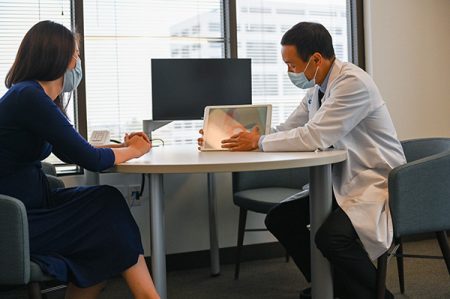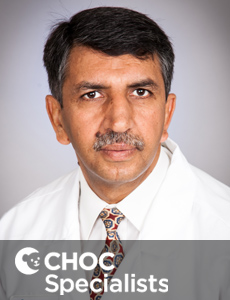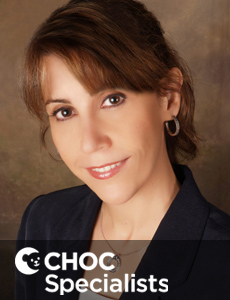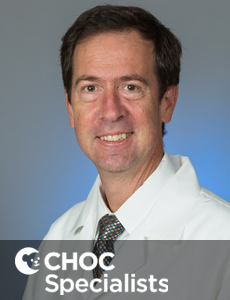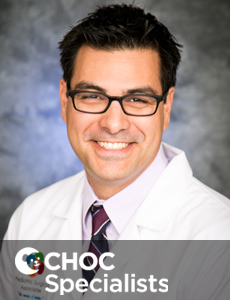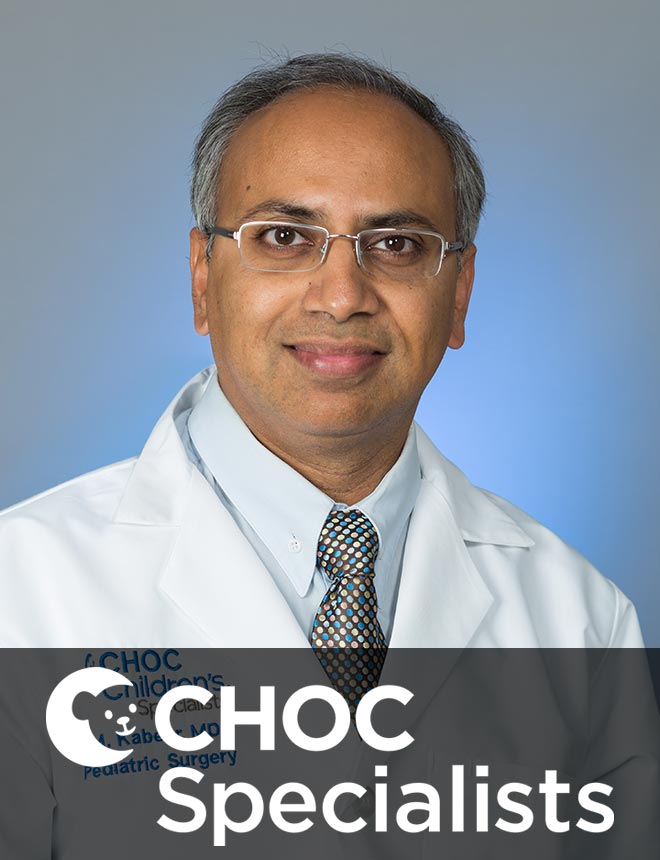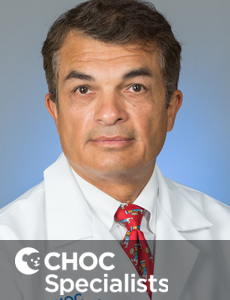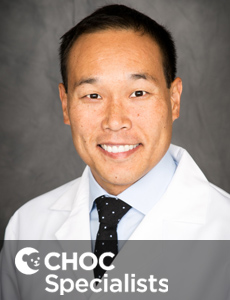Frequently Asked Questions about TEF and EA
What causes TE fistula and esophageal atresia?
As a baby is growing in pregnancy, organ systems are forming. In all babies, the trachea and the esophagus start forming as one tube. At 4 to 8 weeks of pregnancy, a wall forms between the esophagus and trachea. This separates them into two tubes. TE fistula and esophageal atresia happen when this wall doesn’t form as it should.
Having the following factors can raise a baby’s risk for these issues:
- Trisomy 13, 18 or 21
- Other digestive tract problems. These include duodenal atresia or imperforate anus.
- Diaphragmatic hernia
- Heart problems. These include ventricular septal defect, tetralogy of Fallot or patent ductus arteriosus.
- Kidney and urinary tract problems. These include a horseshoe or polycystic kidney, absent kidney or hypospadias.
- Muscular or skeletal problems
- VACTERL syndrome. This problem involves spinal, anal, heart, TE fistula, kidney and limb issues.
Up to one half of babies with TE fistula or esophageal atresia also have another birth defect. If your doctor diagnoses TE fistula or esophageal atresia, additional tests of the heart, spine, kidneys, anus, rectum and limbs may be recommended.
What are the symptoms of TE fistula or esophageal atresia?
Your child’s health care provider will often spot symptoms soon after your baby is born. Symptoms can happen a bit differently in each child. They can include:
- Frothy, white bubbles in the mouth
- Coughing or choking when feeding
- Vomiting
- Blue color of the skin, especially when the baby is feeding
- Trouble breathing
- Very round, full stomach.
The symptoms of these conditions may look like symptoms of other health problems.
How are a TE fistula or esophageal atresia diagnosed?
Your child’s health care provider will ask about your child’s health history. He or she will also give your child an exam.
Your child may need an X-ray of his or her chest and belly. For this test, the health care provider will put a small tube into your child’s mouth or nose. It will be guided into the esophagus. With esophageal atresia, the tube often cannot go very far into the esophagus. The tube’s position can be seen with the X-ray. This can help your child’s health care provider diagnose the condition.
What are the risks if TE fistula or esophageal atresia are not treated?
When a baby with a TE fistula swallows, liquid such as milk and saliva can pass through the connection between the esophagus and trachea. This can cause liquid to get into your baby’s lungs. This can lead to pneumonia and other problems.
With esophageal atresia, the esophagus is in two parts. Liquid that your baby swallows doesn’t pass normally through the esophagus and reach the stomach. Your baby cannot digest milk or other fluids. If left untreated, this could lead to malnutrition.
How are a TE fistula or esophageal atresia treated?
Treatment will depend on your child’s symptoms, age and general health. It will also depend on how severe the condition is. If your child has one or both of these issues, he or she will need surgery.
With a TE fistula, the connection between the esophagus and trachea is closed in surgery.
With esophageal atresia, the two parts of the esophagus are connected in surgery. Sometimes children with esophageal atresia need more than one surgery. This depends on how close the two tubes are to each other. Your baby’s surgeon and health care team will work with you to decide when your baby should have these surgeries.
What happens during surgery for TE fistula and esophageal atresia?
Surgery is done using an open method or thoracoscopic method. Both options are safe with successful outcomes. Using an open method, the surgeon will make a two-inch incision on the back. Using a thoracoscopic method, the surgeon will make three or four half-centimeter incisions and insert a scope.
For TE fistula, the surgeon identifies the defect, and then separates the two tubes and closes the holes with stitches. For esophageal atresia, the surgeon identifies the defect, then trims the ends of the two parts to make the openings wider and stitches them together.
After surgery, your child will have a plastic tube in his or her chest to drain liquids. This tube will stay in place for a week or more.
During recovery, your child will be safely fed with IV nutrition. About one week after surgery, your child will have a swallow study to confirm that the repaired area has healed well.
In some cases, when a long-gap esophageal atresia is repaired, liquids can leak out at the repair site. This typically heals on its own over the course of several weeks.
What is the long-term outlook for this condition?
Most children with these conditions have a good prognosis and will go on to eat and grow normally.
Some children with esophageal atresia have long-term problems that range from mild to severe. It may be hard for them to swallow foods and liquids. This may be because of the following:
- Trouble with the movement of foods and liquids down the esophagus (peristalsis).
- Scarring that can happen after surgery as the wounds heal. This can partially block the passage of foods.
Some children may need a special procedure called dilation to widen a narrowed esophagus. Your child’s health care provider may do this while your child is under general anesthesia. Other children may need another surgery, although this is rare. Narrowing of the esophagus is typically less of an issue as your child grows.
About one half of children who had surgery for esophageal atresia will develop gastrointestinal reflux disease (GERD). GERD causes acid to move up into the esophagus from the stomach. This causes a burning or painful feeling called heartburn. GERD can often be managed with medicines and, in severe cases, surgery.
At CHOC, we will work with you to create a care plan for your child. This will help your child grow and develop well.
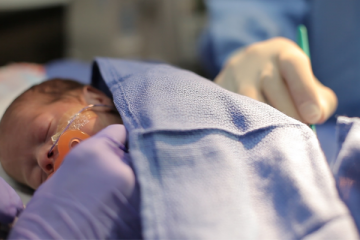 When it comes to surgery, babies present a unique challenge because of their small size and complex conditions. Their health can change in an instant, requiring quick action and expertise.
When it comes to surgery, babies present a unique challenge because of their small size and complex conditions. Their health can change in an instant, requiring quick action and expertise.